Human-AI Workforce Teams: The Future of Healthcare Operations
.webp)
Human-AI workforce teams are transforming healthcare organisations by blending human expertise with AI-driven efficiency. Discover how this approach helps facilitate AI adoption, enhances workflows, and improves ROI. We’ll also delve into the phased approach to AI integration and why the Human-in-the-Loop (HITL) model is essential for future-proofing healthcare operations.
Human-AI Hybrid Teams: Augmenting Healthcare Operations
The healthcare industry is at a pivotal moment, where artificial intelligence (AI) is no longer a futuristic concept but a practical tool augmenting human expertise. For healthcare leaders and practice managers, adopting a Human-AI workforce is essential to achieve scalability, efficiency, and resilience. Rachel Woods, founder of The AI Exchange, has been a trailblazer in this space, offering actionable frameworks for integrating AI into healthcare operations through roles like AI Operators and Human-in-the-Loop (HITL) systems.
What Is a Human-AI Workforce in Healthcare?
A Human-AI workforce combines the computational power and automation capabilities of AI with the contextual judgment, empathy, and oversight of human professionals. This model is revolutionising healthcare operations by:
- Automating repetitive tasks such as data analysis, patient communications, appointment scheduling, and billing.
- Allowing humans to focus on complex, sensitive, or nuanced scenarios requiring empathy and critical thinking.
Rachel Woods emphasises that this approach is about "augmentation, not automation." AI is a tool to amplify human capabilities, not replace them. This means using AI to handle high-volume, repetitive tasks—such as digital check-in, appointment reminders, and claims processing—while reserving human expertise for escalation, exception handling, and complex problem-solving.
Examples:
- AI mental health chatbots providing 24/7 support, with escalation to human therapists as needed.
- AI-driven patient and family portals, remote monitoring, and event prediction, reducing hospitalisations and costs.
- AI automates documentation, lab management, and workflow processes, saving significant time and resources.
- AI-powered front desks. Digital check-in kiosks and chatbots handle routine reception tasks, while staff manage complex interactions and exceptions.
Rachel Woods’ Framework: Roles and HITL
Woods’ frameworks emphasise that AI is not a plug-and-play solution; success depends on aligning technology with organisational needs, investing in governance, and fostering ongoing collaboration between technical experts and organisational leaders. This approach not only improves efficiency and compliance but also supports the workforce by automating routine tasks and enabling clinicians to focus on higher-value care.
The Three Essential AI Roles
Rachel Woods identifies three core roles in AI-first organisations that are often blended, with one or two individuals covering all three functions in smaller to medium sized organisations:

Central to this model is the role of the AI Operator, a specialist who bridges the gap between AI systems and human teams, ensuring effective implementation, monitoring, and optimisation of AI tools (Rachel Woods, The AI Exchange)
In small to medium sized practices, the AI Operator role is often assumed by existing staff who oversee workflows, making it a cost-effective and practical solution. For clients of Allied Orbit, this is often their remote team who then work closely with Allied Orbit's AI Tech team.
Human-in-the-Loop (HITL): Safeguarding Quality and Ethics
HITL systems ensure that AI-generated outputs are reviewed and validated by humans when necessary. This is critical for:
- Maintaining ethical and contextual nuance in patient interactions.
- Ensuring compliance with medical regulations and data governance.
- Providing a safety net for exceptions, errors, or ambiguous cases.
HITL empowers staff to intervene, correct, and improve AI systems, fostering adaptability and resilience in healthcare operations.
How-To Steps for Implementing a Human-AI Hybrid Workforce with Allied Orbit
Jumping headfirst into AI adoption can be overwhelming and fraught with risks. A structured, phased human-AI approach ensures that healthcare organisations can integrate AI seamlessly while minimising disruptions and maintaining compliance with industry regulations (Australian Institute of Health Innovation Report).
- Assess Current State and Organisational Readiness
Begin with a business needs analysis and readiness assessment. Evaluate your current operations, digital maturity, functions and tasks that can be managed by a remote team and stakeholder openness to change. - Assign Remote Professionals to Execute and Oversee Identified Workflows
Remote professionals can manage tasks and processes that can be handled off-site. This step delivers immediate cost savings, as remote staff with Allied Orbit cost less than half that of traditional in-house employees. Importantly, these professionals play a dual role as AI systems are integrated: - Human-in-the-Loop (HITL) Oversight: Acting as the HITL, remote professionals can review AI outputs, handle exceptions, and provide critical feedback to refine and improve the AI system over time. This ensures that quality, compliance, and contextual nuance are maintained, even as automation increases.
- AI system development: By working directly within the workflow, remote professionals are positioned to help identify opportunities where AI and automation can be introduced for maximum impact. They can flag repetitive, time-consuming tasks and help design AI-powered solutions.
- Map Procedures and Workflows (AI Audit)
Document all clinical and nonclinical procedures and workflows in detail. This stage of mapping the processes helps to ensure your workflow analysis sets a strong foundation for successful human-AI integration. - Define Human-AI Interaction Procedures (AI Strategy)
- Identify AI Automation Opportunities
Once workflows are defined, identify key pain points and pinpoint high-volume, repetitive, and rules-based tasks suitable for AI automation—such as patient intake, website chatbots, claims processing, and digital document management. - Define Human Oversight Points
For each workflow, determine where human judgement, empathy, or regulatory oversight is essential. Establish clear escalation protocols for exceptions, errors, or complex cases.
- Identify AI Automation Opportunities
- Assign an AI Operator
Designate a remote AI Operator (often Allied Orbit's AI team and remote professional) to oversee AI integration, system management, and feedback mechanisms. In small to medium-sized healthcare practices, the Allied Orbit AI team and remote professional(s) are often assigned to both the AI Operator and Implementer roles to design the AI driven processes, handle technical deployment of the AI solutions and ongoing improvements. - Introduce AI and Automation Tools (AI Implementation)
With workflows refined and remote professionals and AI roles in place, the next step is to build and introduce AI and automation tools and systems. - Pilot, Iterate & Establish Feedback Loops
Begin with a pilot project, gather feedback, monitor performance, and continuously refine processes. Create mechanisms for staff to report errors and suggest improvements to continuously enhance AI models. - Ensure Transparency and Compliance
Document all AI-driven processes and human interventions. Maintain auditable records for regulatory compliance and quality assurance. - Foster a Culture of Collaboration and Learning
Encourage open communication between technical teams, AI Operators, and frontline staff. Promote ongoing training and knowledge sharing to keep pace with evolving AI capabilities.
Financial and Operational Impact
The healthcare AI market is projected to reach $36.96 billion by 2025, with a CAGR of over 40% (KPMG). For healthcare organisations, the hybrid workforce model delivers:
- Cost Efficiency: A remote professional can operate at less than 50% of the cost of traditional in-house staffing, delivering substantial and immediate savings. By leveraging AI, a single professional—acting as a Human-in-the-Loop (HITL)—can efficiently oversee and manage workloads of multiple full-time employees. This not only enables rapid scaling of operational capacity but also drives a significant increase in return on investment (ROI), with studies showing that organisations adopting this model can boost ROI by up to 200% (or 400% if hiring a remote professional) compared to conventional staffing approaches (KPMG). Actual ROI will vary depending on workload, accuracy, and specific costs, but the leverage from combining remote talent with AI is clear and significant.
- Error Reduction: Peer-reviewed studies show hybrid HITL systems can reduce errors in both clinical and administrative workflows.
- Resource Optimisation: AI can automate up to 70% of administrative tasks, freeing staff for higher-value work (Journal of Medical Internet Research).
Future-Proofing Healthcare Practice: Why Hybrid Models Win
Adopting Human-AI hybrid teams is essential for healthcare organisations aiming to stay competitive in a digital-first world. By embracing augmentation and following AI adoption and management frameworks like Rachel Woods’, organisations can:
- Enhance operational efficiency.
- Improve patient care and outcomes.
- Reduce costs and optimise resources.
- Maintain compliance with industry regulations.
The winners in this new era will be those who master the art and science of human-AI collaboration across all roles—clinical and nonclinical alike.
References
- Rachel Woods, The AI Exchange
- Journal of Medical Internet Research
- KPMG: Transforming Healthcare Workforce
- Australian Institute of Health Innovation Report
%20website.png)







